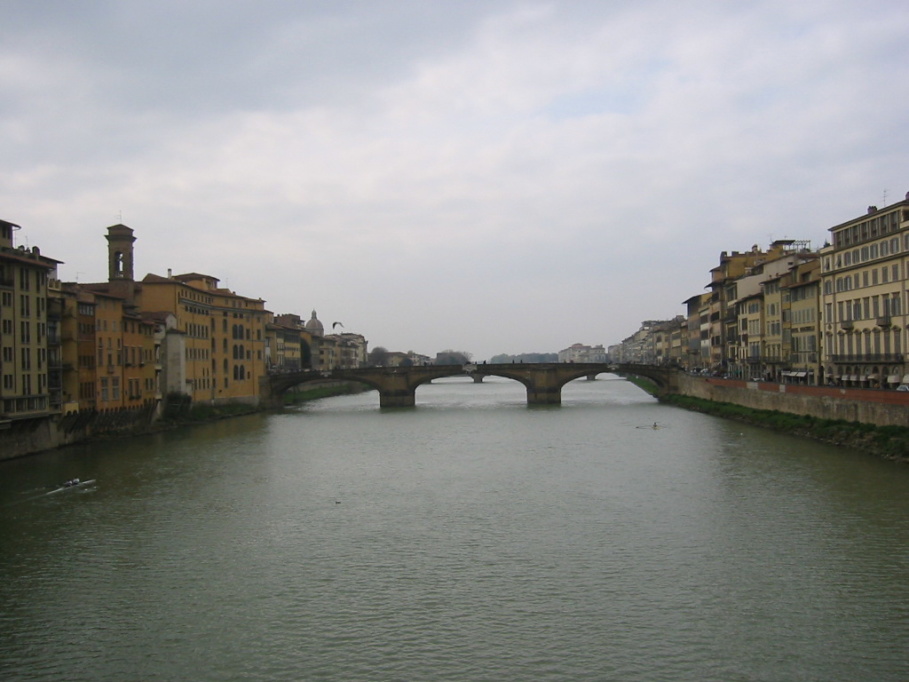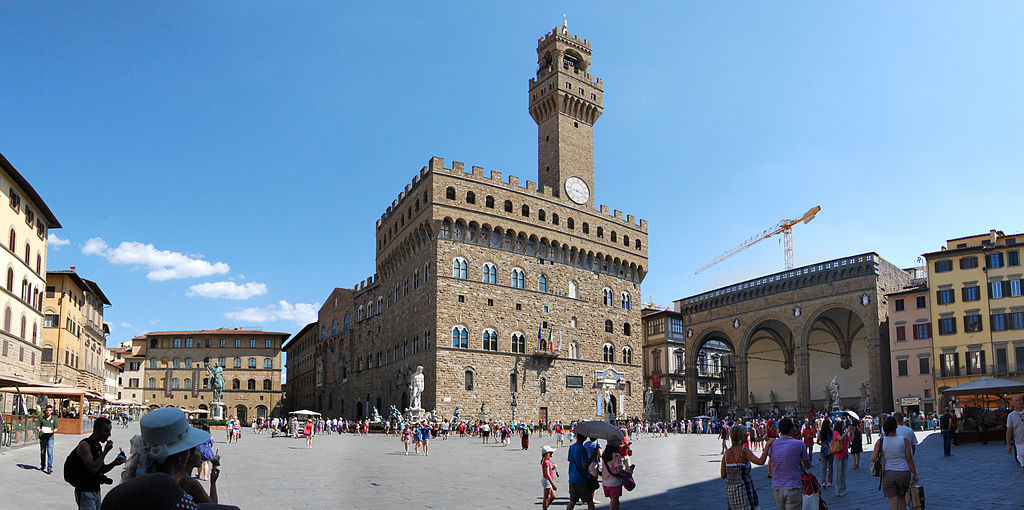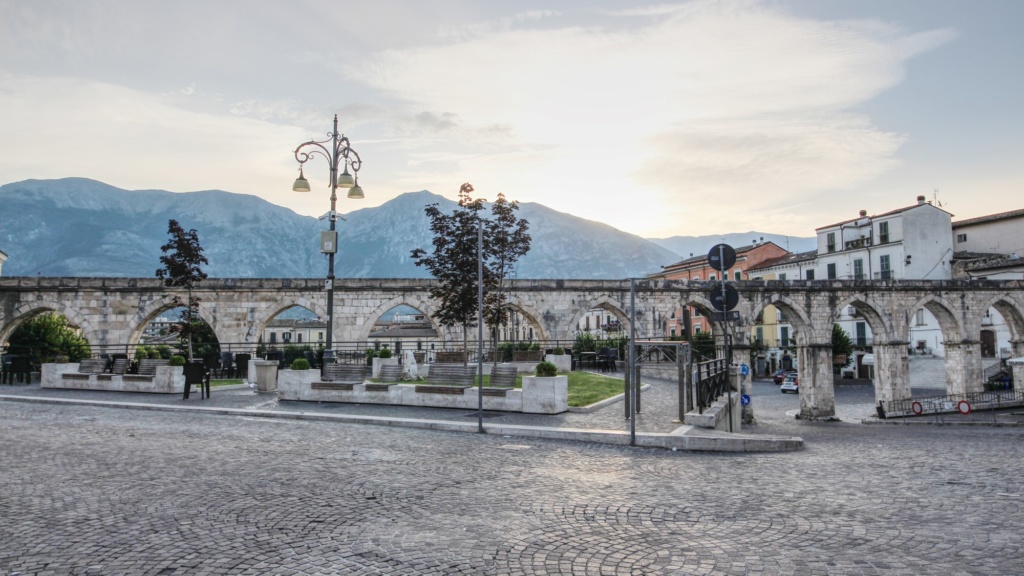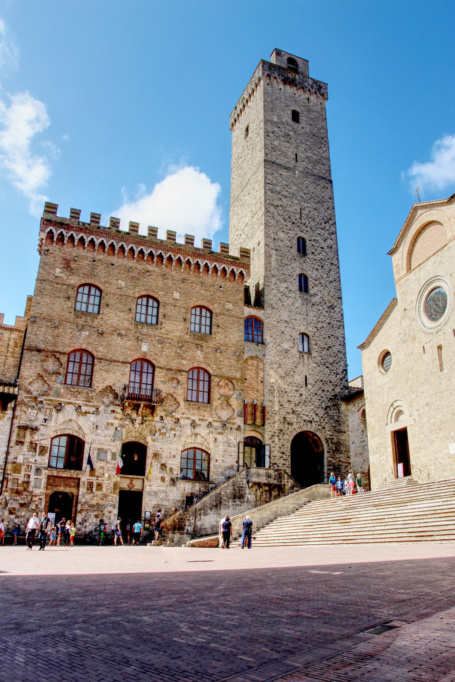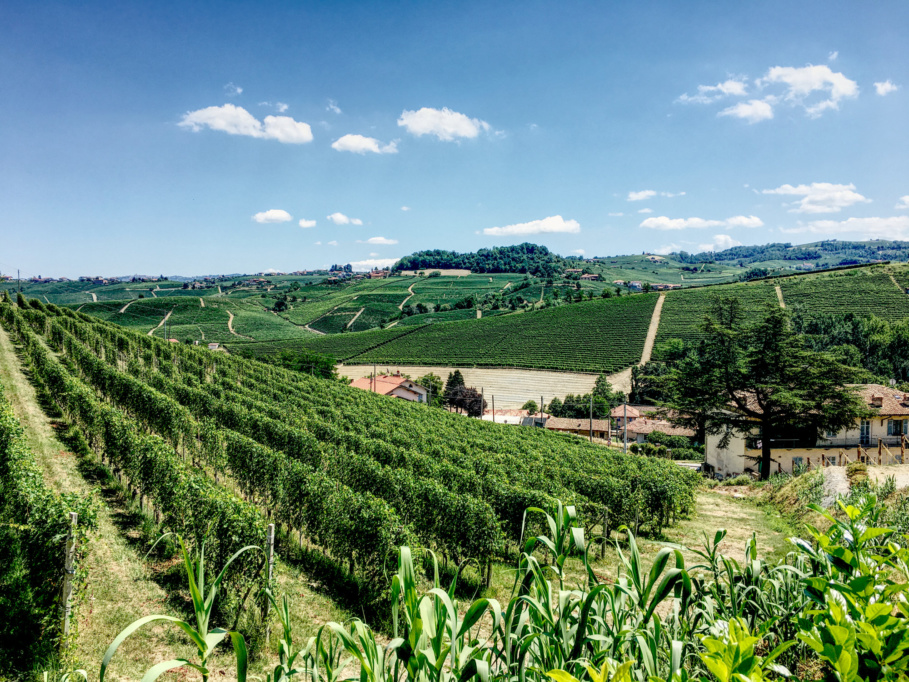Florence Italy Travel Guide - A Vagabond Life
Embark on a captivating journey through the heart of Tuscany, where Florence, an eternal city steeped in history, eagerly awaits your exploration. Nestled along the banks of the Arno River, this enchanting destination is a living testament to the Renaissance, a period that birthed a cultural and artistic revolution. Florence beckons travellers with its iconic landmarks such as the awe-inspiring Duomo, the storied Ponte Vecchio, and the world-renowned Uffizi Gallery, housing masterpieces that narrate tales of a bygone era. Beyond its architectural splendors, the city’s cobblestone streets whisper stories of Medici intrigue, medieval grandeur, and the birth of modern thought.
As you navigate the winding alleys and traverse centuries of rich history, our travel guide to Florence serves as your companion, unveiling the city’s hidden gems and providing insights into the local way of life. From exploring the halls of power in the Palazzo Vecchio to savoring Tuscan delicacies in historic markets, we invite you to immerse yourself in a Florence where the echoes of the past resonate in every corner, creating an unforgettable journey through time and culture.
Florence Italy Map
Getting To Florence Italy
Getting to Florence, has multiple transportation options. The city is well-connected by air, rail, and road.
By Air
Florence Airport (Aeroporto di Firenze-Peretola) is the primary gateway for those flying directly into the city. It is located approximately 5 kilometers from the city center.
Alternatively, many international travelers arrive at the larger Amerigo Vespucci Airport in Pisa and take a train or bus to Florence, a journey that offers picturesque views of the Tuscan landscape.
By Train
Florence is a major railway hub, with the main train station, Santa Maria Novella (SMN), centrally located. High-speed trains connect Florence to major Italian cities such as Rome, Milan, Venice, and Naples.
The train journey provides a scenic introduction to the Italian countryside, making it a comfortable and efficient option.
By Bus
Long-distance buses are another option, connecting Florence with various European cities. The bus terminal is conveniently located near the city center.
By Car
For those opting to drive, Florence is accessible by major highways. However, driving within the city center can be challenging due to restricted zones.
Upon arrival, Florence’s compact size makes it easily navigable on foot, with public buses and taxis available for convenient local transportation. Whether arriving by air, train, or road, the journey to Florence sets the stage for an immersive exploration of this cultural haven.
Getting Around Florence Italy
Navigating Florence, a city steeped in history and culture, is a delightful experience with various transportation options catering to different preferences.
Walking
Florence is a pedestrian-friendly city, and many of its historic landmarks, museums, and vibrant neighborhoods are best explored on foot. Strolling through the narrow cobblestone streets allows for a more intimate and immersive experience.
Public Transportation
Florence has a well-organized public transportation system, including buses that connect different parts of the city. The ATAF buses are convenient for reaching destinations beyond the central areas.
Bicycles
Florence embraces cycling, and bike rentals are available for those who prefer a more active mode of transportation. The city’s flat terrain and bike-friendly paths make cycling a pleasant way to explore.
Taxis
Taxis are readily available in Florence and are a convenient option for reaching specific destinations or for those who prefer not to walk long distances. They can be found at designated taxi stands or hailed on the street.
Car Rentals
While the historic center of Florence is largely pedestrianized, renting a car may be practical for exploring the surrounding Tuscan countryside. However, driving within the city can be challenging due to restricted zones and limited parking.
Hop-On, Hop-Off Buses
Tourist-friendly hop-on, hop-off buses provide a convenient way to visit major attractions and enjoy commentary about the city’s history and culture.
Florence’s relatively compact size and well-connected infrastructure make it easy for visitors to tailor their transportation choices based on their preferences and the specific areas they wish to explore. Whether strolling along the Arno River, hopping on a bus, or cycling through historic streets, each mode of transportation contributes to the unique charm of Florence.
Things To See & Do In Florence Italy
Florence Italy Cathedral
The Florence Cathedral, known as the Cathedral of Santa Maria del Fiore, stands as an unparalleled masterpiece of Renaissance architecture and a testament to the artistic brilliance of its time. Construction began in 1296, and the cathedral was consecrated in 1436. The renowned architect Arnolfo di Cambio initiated the project, and later, Filippo Brunelleschi played a pivotal role in completing the iconic dome that graces the city’s skyline. The dome, an engineering marvel of its time, marked a revolutionary moment in architecture.
The cathedral’s facade, adorned with intricate marble panels and stunning sculptures, reflects the transition from Gothic to Renaissance design. Giotto’s Campanile and the Baptistery, both integral parts of the cathedral complex, contribute to the artistic harmony of Piazza del Duomo. Inside, visitors encounter an opulent interior with soaring vaults, stained glass windows, and frescoes by renowned artists like Giorgio Vasari and Federico Zuccari. The Crypt of Santa Reparata reveals archaeological layers, including remnants of earlier structures. The Florence Cathedral, with its rich history, architectural significance, and spiritual resonance, remains an enduring symbol of Florence’s cultural heritage.
How to visit the Florence Cathedral
Touring the Florence Duomo is a captivating experience, and here’s a guide on how to make the most of your visit:
Tickets and Reservations:
- Secure your tickets in advance to avoid long lines, especially during peak tourist seasons. Tickets typically include access to the Cathedral, Dome, Baptistery, Crypt, and Giotto’s Campanile.
Duomo Complex:
- Start your tour at the Cathedral itself, admiring its iconic facade and interior. Explore the Baptistery with its renowned bronze doors and the impressive Giotto’s Campanile, designed by the great Giotto di Bondone.
Climb to the Dome:
- For a panoramic view of Florence, embark on the climb to Brunelleschi’s Dome. The 463-step ascent takes you through the inner shell of the dome, providing a unique perspective on the cathedral’s architecture. Note that the climb is somewhat strenuous.
Crypt of Santa Reparata:
- Descend to the Crypt of Santa Reparata beneath the Cathedral, where archaeological excavations reveal layers of Florence’s history, including the original floor and foundation.
Timing Your Visit:
- Consider visiting early in the morning or later in the afternoon to avoid the peak crowds. The lighting during these times also enhances the beauty of the interior.
Guided Tours:
- Engage in a guided tour for a more in-depth understanding of the history, art, and architecture of the Duomo. Knowledgeable guides can provide insights into the significance of the various elements within the complex.
Respect Dress Code:
- Dress modestly when visiting religious sites. Ensure your shoulders and knees are covered to comply with the respectful dress code.
Photography:
- Capture the stunning views from the Dome, but be mindful of the rules regarding photography inside the cathedral and other areas.
Exploring the Florence Duomo is a journey through time and artistry, offering a profound connection to the rich cultural heritage of Florence.
Uffizi Gallery Florence
The Uffizi Gallery, located in the heart of Florence, Italy, stands as one of the most renowned art museums in the world. Its origins date back to the 16th century when it was commissioned by Cosimo I de’ Medici, the Grand Duke of Tuscany, as the offices (uffizi in Italian) for Florentine magistrates. The architect Giorgio Vasari designed the Uffizi, creating a U-shaped structure that surrounds a courtyard. Over time, the top floor of the building was transformed into a gallery to display the Medici family’s impressive collection of art. Today, the Uffizi Gallery is home to an extensive and priceless collection of Renaissance masterpieces, featuring works by artists such as Leonardo da Vinci, Michelangelo, Botticelli, and Raphael. The museum’s halls and rooms are a journey through the evolution of art, showcasing the brilliance of Italian artists from the Middle Ages to the Baroque period.
Accessing the Uffizi Gallery is a relatively straightforward process for visitors. Situated near the Piazza della Signoria and the Ponte Vecchio, the gallery is centrally located in Florence. It is advisable to purchase tickets in advance, either online or from authorised vendors, to avoid long queues, especially during peak tourist seasons. The Uffizi is easily reachable by foot from various points in the city center, and the journey offers glimpses of Florence’s historic streets and architecture. Once inside, visitors can explore the gallery’s numerous rooms and corridors, each filled with treasures of art and history. The Uffizi Gallery is not only a testament to the legacy of the Medici family but also a captivating window into the artistic achievements of the Italian Renaissance.
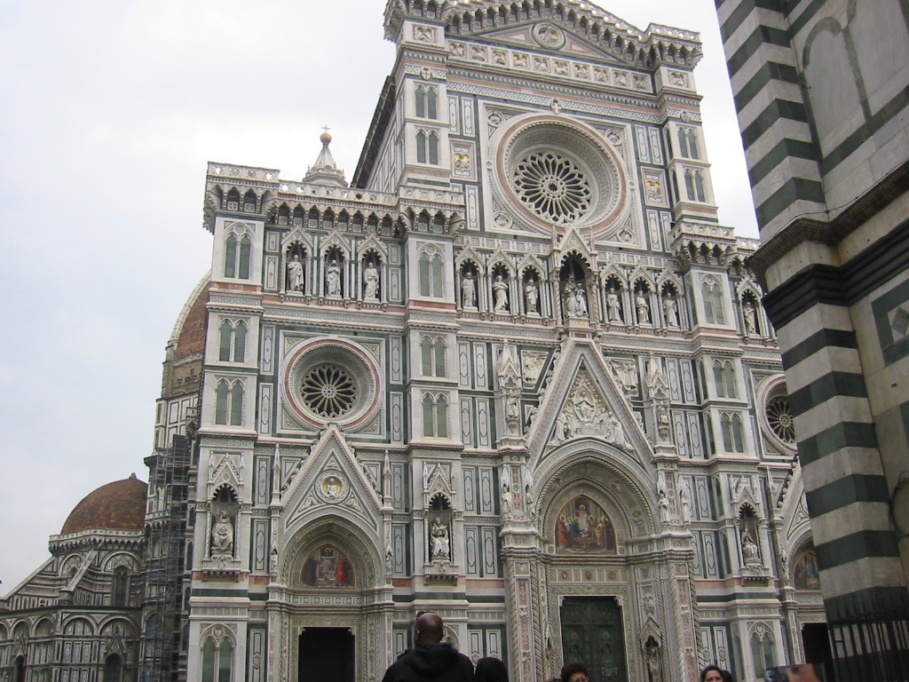
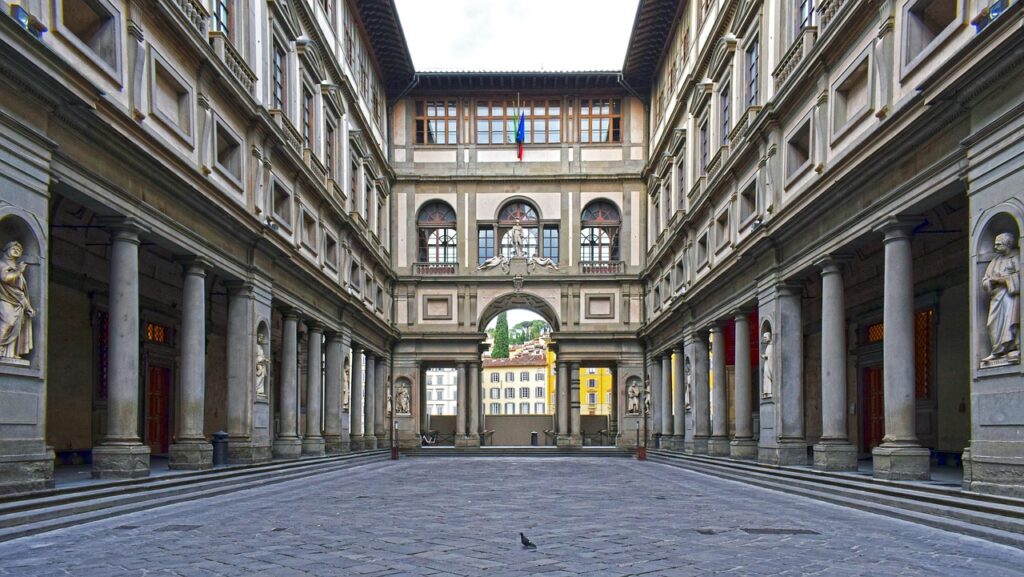
Ponte Vecchio Florence Italy
The Ponte Vecchio, a picturesque medieval bridge spanning the Arno River in Florence, Italy, is a unique and iconic landmark with a rich history dating back over six centuries. Built in 1345, the Ponte Vecchio is known for its distinctive architectural feature—the row of shops and houses that line both sides of the bridge. Originally occupied by butchers, fishmongers, and tanners, the bridge’s shops were later transformed into goldsmiths and jewelers in the 16th century, a decree made by the ruling Medici family to enhance the bridge’s aesthetic appeal. The Vasari Corridor, an elevated enclosed passageway built by Giorgio Vasari in 1565, connects the Uffizi Gallery with the Pitti Palace and runs along the top of the Ponte Vecchio, adding to its historical significance. Despite being one of the few bridges to survive World War II, the Ponte Vecchio stands as a testament to the enduring charm of Florence, attracting visitors from around the world who come to admire its medieval architecture and soak in the romantic atmosphere that permeates this ancient crossing over the Arno.
Piazza della Signoria Florence
Piazza della Signoria, situated in the heart of Florence, Italy, is a historic square that serves as an open-air museum of Renaissance art and political intrigue. The square has been a central hub since the Middle Ages and takes its name from the Palazzo della Signoria, Florence’s medieval town hall, which is now known as the Palazzo Vecchio. Designed by Arnolfo di Cambio in the 13th century, the Palazzo Vecchio has been the seat of the city’s government for centuries. Piazza della Signoria witnessed significant historical events, such as the infamous Bonfire of the Vanities in 1497, where objects considered morally offensive were burned. The square is adorned with remarkable sculptures, including a replica of Michelangelo’s David, the Fountain of Neptune, and the Loggia dei Lanzi, an open-air sculpture gallery showcasing masterpieces like Cellini’s Perseus with the Head of Medusa. Overlooking the square is the Uffizi Gallery, adding to the cultural richness of the surroundings. Piazza della Signoria remains a vibrant focal point where art, history, and civic life converge, allowing visitors to immerse themselves in the essence of Florence’s storied past.
